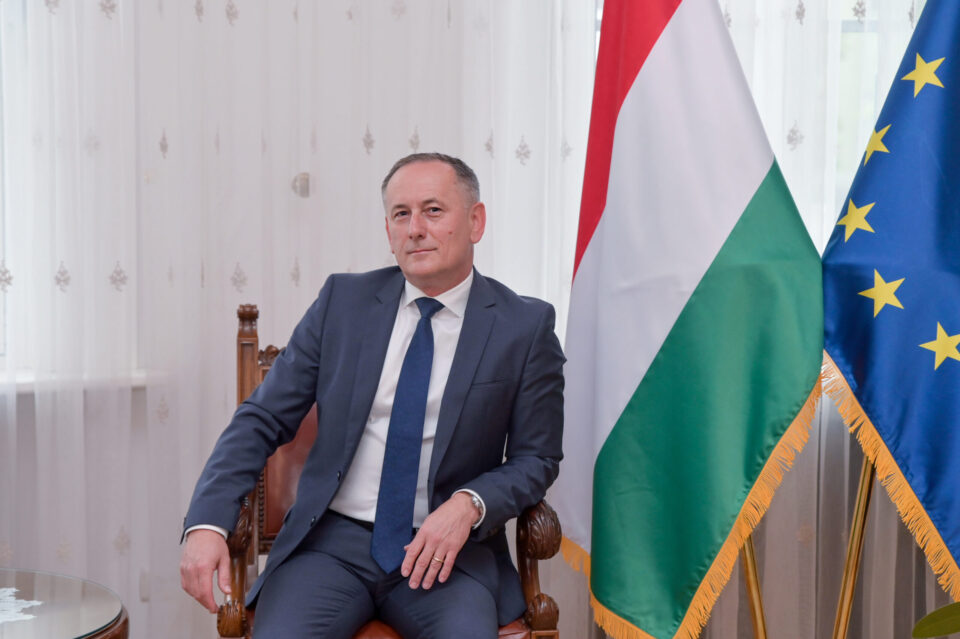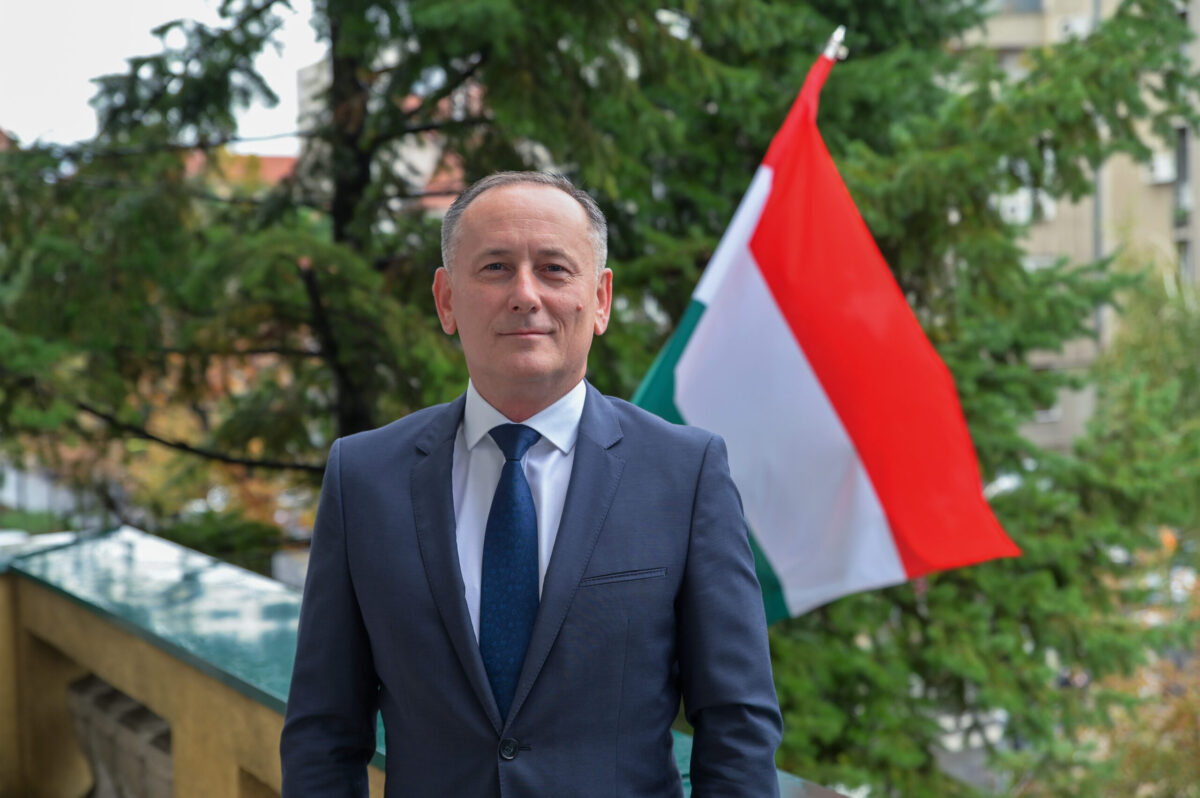For Hungary, the key country in the Balkans is Serbia, which maintains good relations
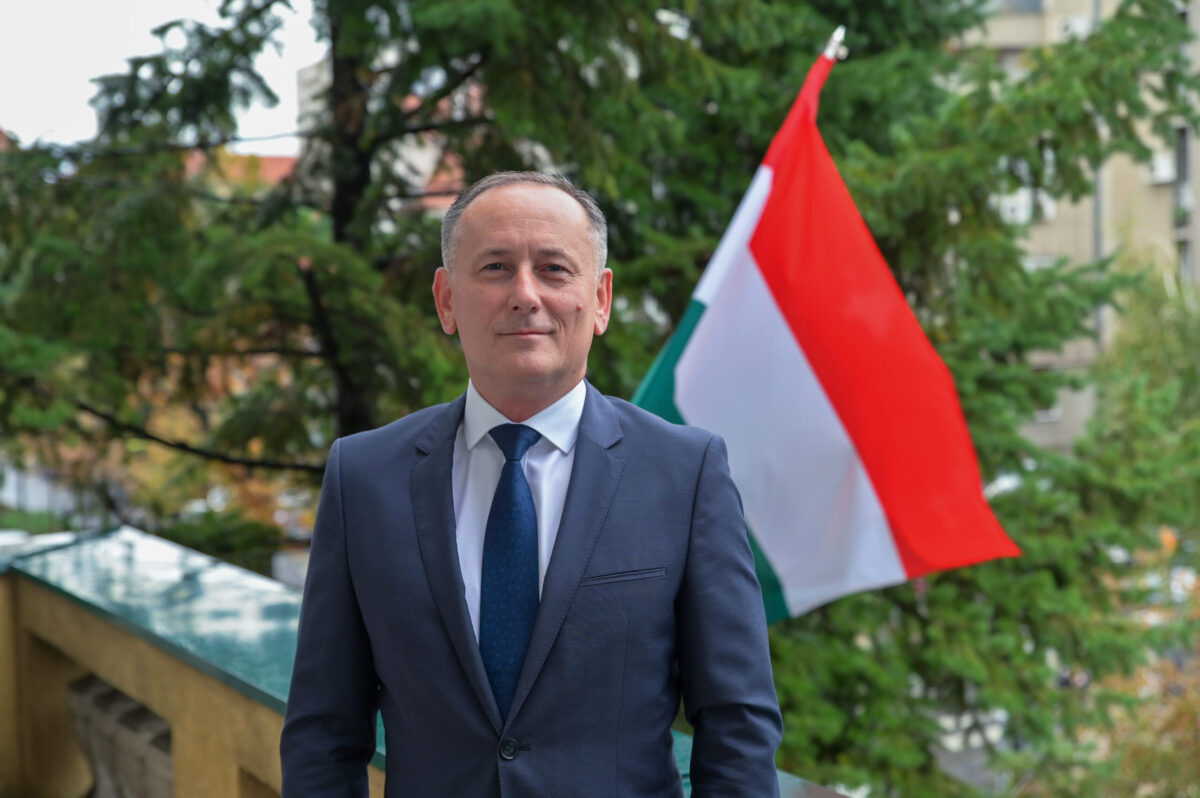 Our two countries are connected not only by geographical proximity but also by a much greater connection between our peoples throughout history and now. How do you see our mutual relations today?
Our two countries are connected not only by geographical proximity but also by a much greater connection between our peoples throughout history and now. How do you see our mutual relations today?
They are excellent today. We live in a period of Hungarian-Serbian relations when we use them to give meaning to the present and our future. The Hungarian and Serbian people have been living side by side for thousands of years, and the different aims of the great powers have mixed us up quite a bit between the two current capitals. Many Serbs escaped from the Turks and settled along the Danube in Hungary, and many Hungarians have lived for centuries in Vojvodina. All of this was covered by the ideological atrocities of the 20th century with a dark veil, which, ten years ago, the political leadership of the two countries, the Hungarians in Vojvodina and the Serbs in Hungary, pulled from our past. In 2013, we let the light into our relationships again. Since then, we have become the closest neighbours in the region. As a result of the government meetings and the objectives of several joint committees, this June, we established the Strategic Council. The relationship between state leaders is exceptional. We think very closely about many issues affecting our future, whether it is about demography, sovereignty, a Europe based on strong nations, energy security, elimination of obstacles at the border crossing, or even the recognition of national minorities as our values. In short, it is about maintaining prosperous conditions for a better life in our homeland and strengthening our friendship.
The existence of a significant Hungarian national minority in Serbia proved to be a strong bond between our countries. How do you assess the position of Hungarians in Serbia?
One of the best examples of the enforcement of minority rights in Europe today is in Serbia, similar to Hungary. While today, in Europe, the goal is to blur the interpretation between indigenous minorities and other minorities, the Hungarians living in Serbia mustn’t feel like second-class citizens. It existed until 2013 when the Serbian parliament condemned the 1945 declaration of collective guilt pronounced on 3 Hungarian villages in Šajkaška. Through the electoral system, Hungarians play an important role in the parliament of the republic and the Autonomous Province of Vojvodina, as well as in the Serbian government. István Pásztor, the president of the Association of Hungarians in Vojvodina, played a huge role in the historic reconciliation 10 years ago and personally became the strongest link in the friendship between the two countries. With his recent death, Serbia’s political life and one of Hungary’s most important Hungarian leaders living abroad suffered a great loss. The farewell words of the Serbian President, who initiated the statue’s installation as his tribute, are the best for evaluating his work. The National Council of the Hungarian Community works well, and the situation of Hungarian-language education meets the needs. Hungarian media are both satisfactory and versatile, which is a special value. The practice of religious life is also a good example; we can report on the inauguration of the Hungarian bishop of the Serbian Reformed Christian Church in October and the new Hungarian bishop in Subotica in November. However, expanding religious education in schools or renovating churches remains a task that is constantly with us.
The relationship between state leaders is exceptional
The Hungarian state invests a lot in Vojvodina, where most Hungarians live in Serbia. How would you describe that support, and who can count on it?
In the last ten years, Hungary has mobilized substantial efforts in strengthening the Hungarian communities across the border in economic and business development and, ultimately, existential terms. Seven years ago, the Economic Development Program for Vojvodina was launched; since then, 526 million euros of development have taken place thanks to the fact that the Hungarian government approved a non-refundable subsidy of 248 million euros. We are talking about approximately 14,000 successful applications, of which impact is estimated to have affected the lives of 50,000 people. In the framework of the program, Hungarians, mixed family members, SMEs, Hungarian-Serbian Joint Ventures, and farmers in Vojvodina, through this investment and financial support, received a new economic perspective, which significantly contributed to their prosperity in their homeland, strengthened local businesses, maintained jobs and ensured a decent living. The common benefits of these investments are visible now. On the one hand, their necessary supplement can come from additional borrowing from Serbian banks; the other hand, the purchase of machinery and equipment available in the Serbian market; and finally, tax on generated profits also benefits the Serbian state budget. According to our calculations, this business produces from 1 dinar to at least 3 dinars, and the economic power of Vojvodina increases as a result in parallel. The first phase of this program was closed this spring, and we can prepare the same new ideas jointly for the future.
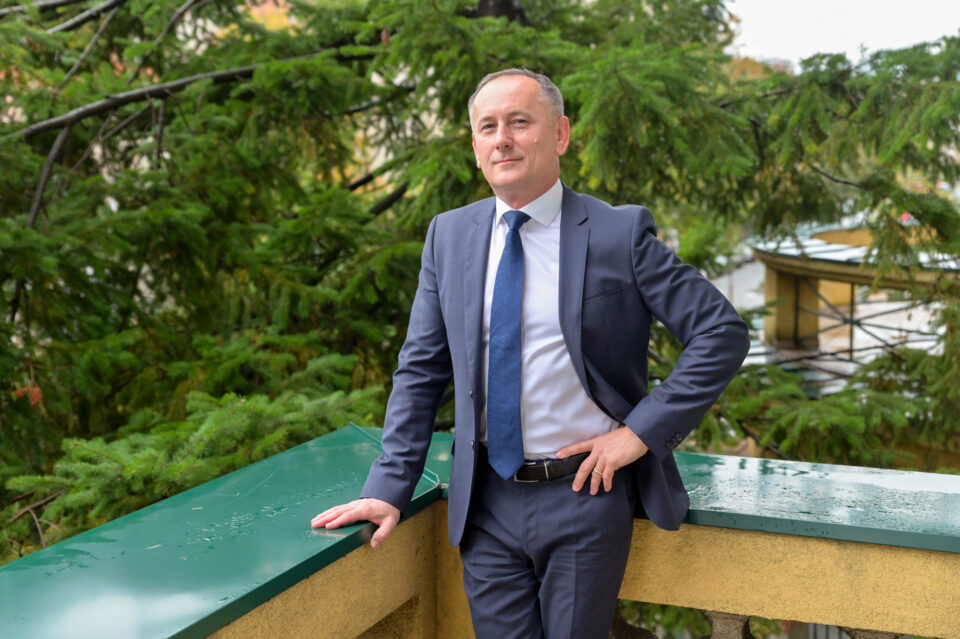 Hungary strongly supports Serbia’s path to the EU. Why is it important for your country, and how do you see this accession process? Can we be optimistic?
Hungary strongly supports Serbia’s path to the EU. Why is it important for your country, and how do you see this accession process? Can we be optimistic?
In the EU, it is indisputable that the future of the Western Balkans lies in the Union. Everyone also recognizes that the best engine for the development of the EU is enlargement and a good neighbourhood policy. We still understand that everyone turned a little inward during the COVID period. Still, after the financial and business shock caused by the pandemic has healed, we Hungarians find it difficult to understand why the EU institutions do not follow the maintained dynamics of the enlargement policy. We believe that the longer the Balkan peninsula remains a white hole on the European continent, the more the EU will be the loser of the inclusivity and cohesion it promotes and the benefits provided by the single market. The later the external border of the EU and the Schengen area between Hungary and Serbia, or between Serbia, Bulgaria, and Greece, is abolished, the longer the problem will remain for us to fight against illegal migration on the Balkan route. For Hungary, the key country in the Balkans is Serbia, which maintains good relations. If some spectacular progress were not achieved in the accession negotiations with Serbia, which began in 2013, it would not be good for anyone. The ongoing war on Europe’s eastern and Mediterranean borders incites further uncertainty and hurts the EU economy, especially in the area of energy security. Hungary, therefore, calls for the speeding up of negotiations, which it wants to make effective during the Hungarian presidency of the Council of the European Union in the second semester of 2024 so that Serbia’s planned accession to the EU by the end of this decade becomes an optimistic goal.
Infrastructural developments are paramount in our bilateral relations
The traffic connection between the two countries is getting better. The construction of a high-speed railway between Belgrade and Budapest is underway, but it seems it has reached a standstill. Is there a continuation of construction on the Hungarian side?
Infrastructural developments are paramount in our bilateral relations, and the modernization of the Budapest-Belgrade railway line is an absolute priority. This railway line has been part of a historic trade route in Europe for hundreds of years, stretching from southern Germany to Istanbul. Once completed, this railway line will offer the fastest transport route between Greek ports and Central Europe. It will give an impetus to the competitiveness of Serbia and Hungary, as transit countries, and will benefit significantly from the freight traffic. It will also greatly impact passenger traffic, creating the opportunity for a “high-speed railway” link between Belgrade, Budapest, and Vienna. In addition to reducing travel time, it could also help reduce waiting times at borders, as more people are expected to choose the train. If the full connection is established, we hope the number of tourists visiting the two capitals will also increase, as Budapest and Belgrade can get significantly closer. Considering the importance of the project and the magnitude of the investment, the Hungarian and Serbian governments put great efforts into making this railway line operational as soon as possible. The construction works on the Soroksár-Kelebia section of the Budapest-Belgrade railway development project are being carried out on a scheduled and continuous basis; therefore, I don’t see any reason to doubt that the Budapest-Belgrade railway line will be completed soon.
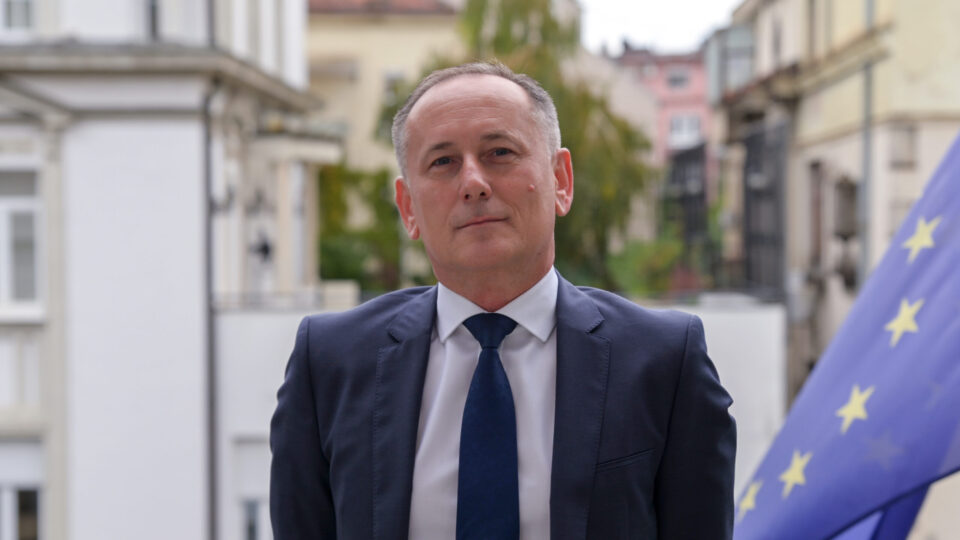 The number of tourists from Serbia in Hungary has always been significant, and your tourist offer is not losing its appeal. How to encourage tourism in the opposite direction – from Hungary to Serbia? Why are Hungarians not interested in visiting Serbia?
The number of tourists from Serbia in Hungary has always been significant, and your tourist offer is not losing its appeal. How to encourage tourism in the opposite direction – from Hungary to Serbia? Why are Hungarians not interested in visiting Serbia?
Over the past 10 years, numerous tourist investments, wellness centers, museums, theatres and, sports halls, and stadiums have been built and renovated in Hungary. We have hosted several world competitions, raises, and sports tournaments, and by 2023, we hope to have more tourist visits than the last “good year” of 2019. We are also proud of our good cuisine and wines and are happy if Serbian travellers discover this. Interest in the entry of Hungarians to Serbia is also growing. Serbia’s highways were built and are being built at a rapid pace; you can get anywhere quickly, and starting this spring, Air Serbia operates several daily flights between the two capitals. When Hungarians come to Vojvodina, they will go to a restaurant where they can choose from Balkan cuisine. In Hungary, holidays are combined into a long weekend if they fall close to the weekend. At such times, I often experience Hungarians dropping by in Belgrade and Novi Sad for a few days in Serbia. According to the data of the Belgrade tourist organization, the arrival of Hungarians has also increased. We Hungarians love historical monuments, buildings, or battle sites, and I have met Hungarians from Hungary many times on Kalemegdán or Zemun. Yet, we should do more to make them aware of a targeted rest or recreation program south of Belgrade, as we could offer good hiking and skiing opportunities through the winter months. All this would require a stronger media campaign from the Serbian side, which the Hungarian tourism partners are ready for.
What are the dimensions of economic cooperation between the two countries? How compatible and attractive are our markets to each other?
Forging a strong partnership between our governments paved the way for strong business relations. Economic relations between Hungary and Serbia have developed on a historical scale over the past years. Back in 2013, the value of bilateral trade turnover was less than 1.7 billion euros; in 2022, this figure approached 6 billion euros, increasing more than three times. Last year, Hungary’s 3 main export products were electricity, natural and artificial gas, news broadcasting, audio recording, and playback equipment. In comparison, the 3 main imported products were electricity, electrical machines, devices and instruments, and iron and steel. Based on the account balance, the Hungarian surplus is still prominent; the share of the Hungarian exports from the total trade is 58%. However, the Serbian contribution is gradually increasing, meaning we are on a trajectory leading to an even more balanced bilateral foreign trade. Several factors make Serbia an ideal export destination for Hungarian companies: the proximity, its central location in the Balkan Peninsula, and the growing stability and competitiveness of the economy create an excellent business climate where Hungarian companies can thrive. The increasing Hungarian investment in Serbia also reaffirms this statement. The economic stability and a talented and hard-working labor force make Serbia an extremely attractive investment destination. Big investors, such as the internationally renowned petrochemical company MOL and the Hungarian OTP Bank Group, have a long-standing presence in the country. Still, new Hungarian investments are constantly arriving in Serbia.
Economic relations between Hungary and Serbia have developed on a historical scale over the past years
You have recently held the position of ambassador in Serbia. How well do you know our country, and have you had the opportunity to get to know it before? What do you like most about it?
I grew up in the border region with the former Yugoslavia, where everyone understood the Serbian-Croatian language to some extent. On the other hand, I saw an additional purpose in learning your language. If I learned the meaning of Vuk Stefanovic Karadzic in the Serbian language reform, in literature Branko Radicevic, Danilo Kis or the epic of the Death of the mother of the Jugovic’s brothers, or to dance kolo to Miroslav Ilic songs, or to feel the Serbian royal dynasties and Tito’s meaning for your nation, and the influence of them on the Hungarian and Serbian current relations, then I can say that I am lucky to be able to represent my country here as the ambassador of Hungary. I also feel lucky in that I can talk to Serbian people, politicians, public figures, policemen, or waiters immediately, without language or intellectual barriers, concentrating on the essence of our mindsets. Today’s Serbian society consists of very accepting people who understand Hungarians well. I like that they are both open and extremely proud of their traditions. They will not give up their principles and goals anytime soon. We Hungarians are like that, too. We have a saying that even though the Hungarian and Serbian languages are very different, we understand each other well, or even from half of the words.
